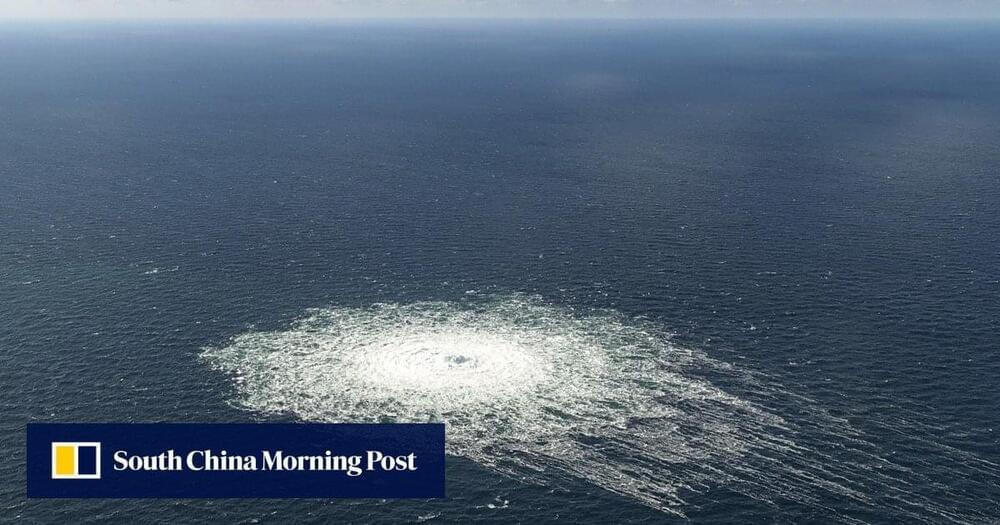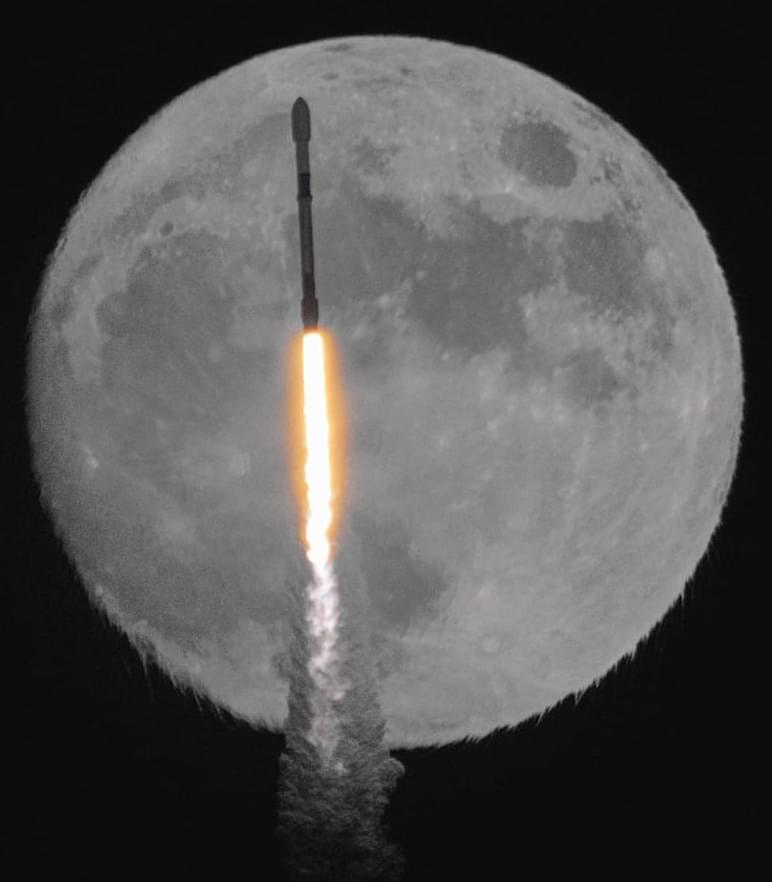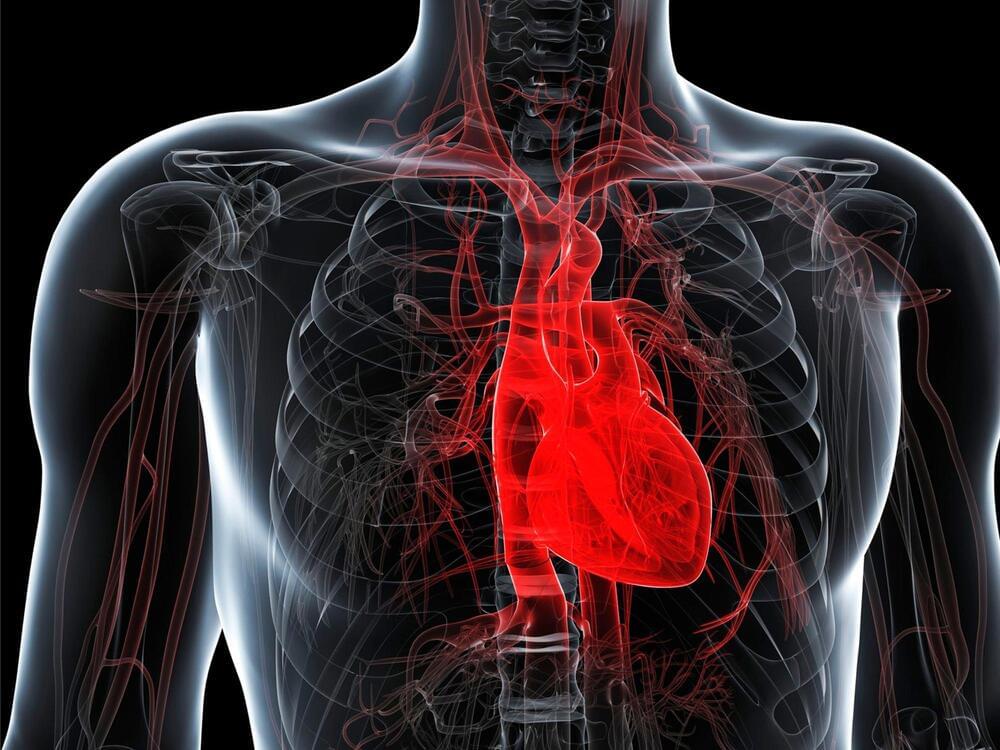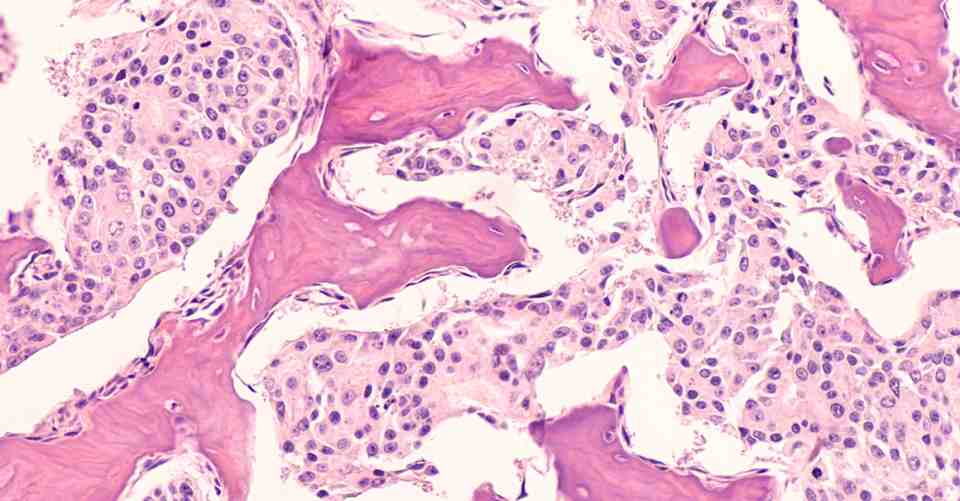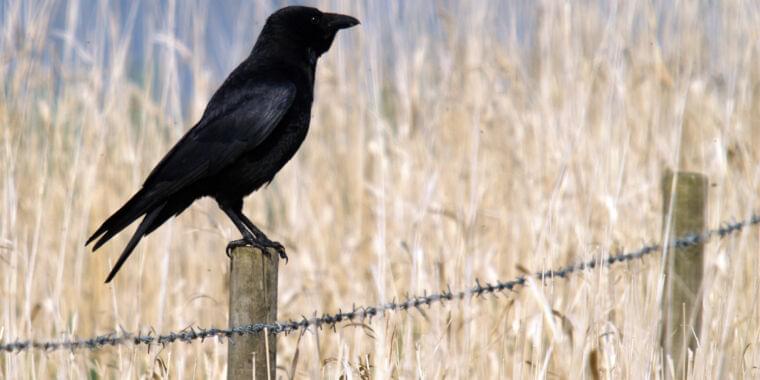Oct 9, 2022
After 200 Years, a Key Physical Chemistry Mystery May Have Been Solved
Posted by Quinn Sena in category: chemistry
The question of how precisely protons move through water in an electric field has fascinated scientists for centuries. Now, more than 200 years after the last major insight into the phenomenon, scientists have some clarity.
In 1,806, Theodor Grotthuss put forward a hypothesis, which came to be known as the Grotthuss mechanism for ‘proton jumping’, about how a charge might flow through a solution of water.
While Grotthuss’s hypothesis was very forward-thinking for its time – coming before protons, or even the actual structure of water, were even known about – modern-day researchers have long known that it didn’t provide a complete understanding of what happened at a molecular level.

